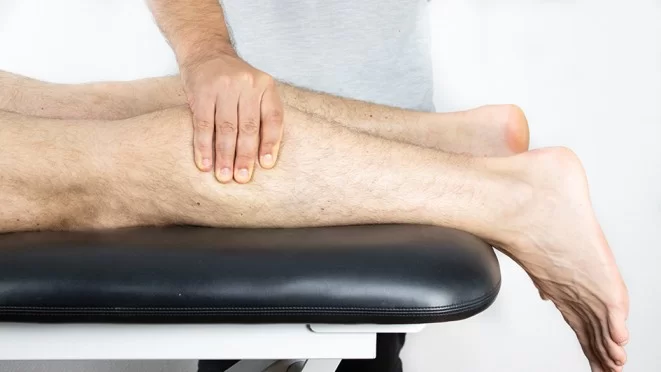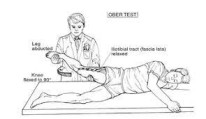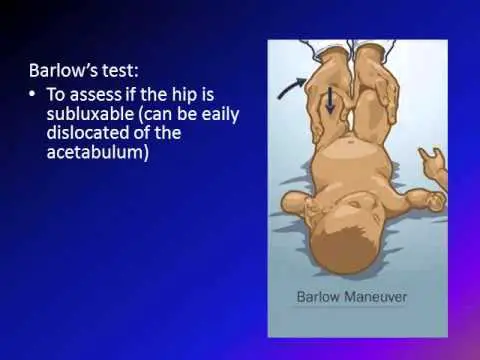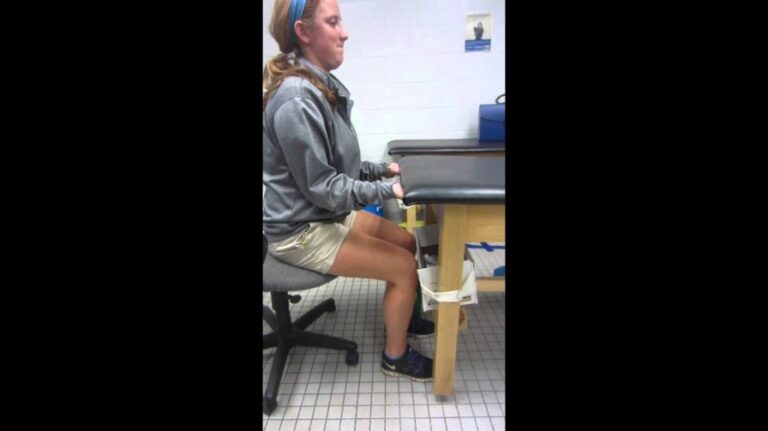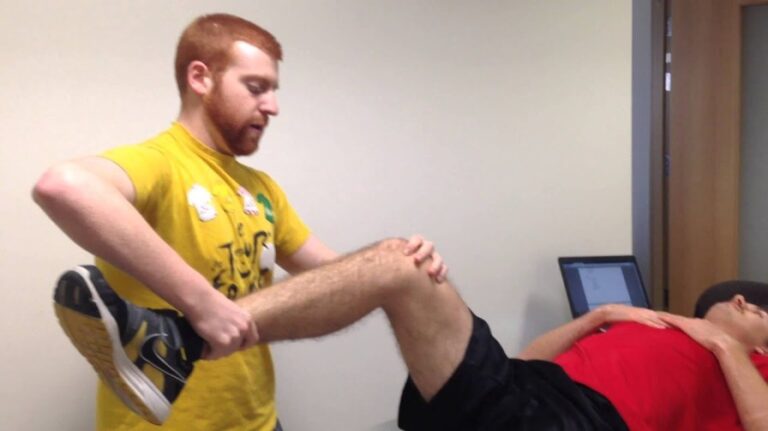Achilles Tendon Rupture Test: Thompson Test and Matles test
Achilles tendon rupture is a relatively common injury that occurs when the Achilles tendon, the strong fibrous tissue connecting the calf muscles to the heel bone, tears or ruptures. This injury is often seen in athletes involved in sports that require sudden bursts of acceleration, such as basketball or tennis, but can also occur during everyday activities.
To diagnose an Achilles tendon rupture, healthcare professionals perform various physical examination tests. Two commonly used tests are the Thompson test and the Matles test.
Thompson Test
- This test is also known as the Simmonds test.
- This test is applied to the clinic by the therapist to check the Achilles tendon.
- The Thompson Test is used to examine the integrity of the Achilles tendon by squeezing the calf muscle.
- This test is performed as a clinical test which is used to identify the presence of the complete Achilles rupture.

What is the Purpose of the Thompson Test of the Ankle?
- The goal of Thompson Test is used to check the complete or partial tear in the Achilles tendon.
How do you perform the Thompson Test of the ankle?
- Starting position of the test is the prone position.
- The patient lies prone or kneels on a chair with the feet over the edge of the table/chair.
- While the patient is relaxed, the examiner squeezes the calf muscle.
What is the result of the Thompson Test of the ankle?
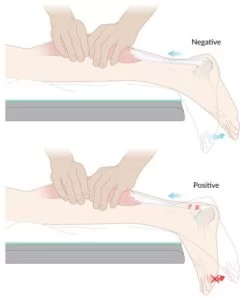
- The absence of plantar flexion when the muscle is squeezed indicates a positive test & a ruptured Achilles tendon [third-degree strain].
- One should be careful not be assumed that the Achilles tendon is not ruptured if the patient can plantarflex the foot while not bearing weight.
- The long flexors muscle can perform this function in the non – weight-bearing stance even with a rupture of the Achilles tendon.
- Must be carefully taken during the test, with the patient position in prone & both ankles are fully relaxed, then the foot on the ruptured means the affected side hangs straight down due to the absence of the tendon tear.
- Their tests are palpable gap in the tendon, approximately 3-6cm proximal to the insertion into the calcaneus bone so that
- The strength of the plantar flexion is reduced.
Matles test :

- This test is another test for the check the rupture of the Achilles tendon.
- The patient lies prone with the foot over the end of the examining table while the clinician stands near the end of the examining table.
- The patient is asked to actively flex the knee to 90′.
- During the motion, the examiner watches the foot.
- Normally, it will be slightly plantar flexed.
- If the footfalls into natural or slight dorsiflexion, the test is positive for a 3′ strain means rupture of the Achilles tendon.

